By Christopher Miskimon
A motley flotilla of British ships arrived on November 2, 1914, in the port of Tanga in German East Africa. The ships carried Force B, which was composed of mostly Indian troops, who soon began landing with the intention of seizing the key port. Local officials met with the British aboard one of their ships. The pro-German officials tried to stall for time in the hope that they would receive help from the contingent of German troops in the area.
The landing was a rough affair for the British force, but not due to enemy action. The Indian troops had suffered during the sea voyage from bad food, sickness, and inactivity. They staggered about as though drunk to the astonishment of native and German observers. British scouts stumbled about unable to locate the German troops. Nearby a company of Askaris, native soldiers under the command of a Captain Otto Adler, dug in to await the inevitable British assault. When it came, Adler ordered his men to hold their fire until the Indian troops were 200 yards away. The Askaris, who were crack shots, poured a deadly fire into their opponents.
Black powder smoke soon made a haze in the morning air. The Askaris carried obsolete 40-year-old rifles that could not reliably fire the new cartridges. The chatter of their few machine guns joined the pops of the rifles, stopping the enemy in their tracks. Soon many of the Indians turned and fled back to the beach. They could have been utterly routed, but Adler simply lacked the numbers to complete the victory.
 Another assault also failed. The raw and suffering Indian troops were simply unable to stand up against the determined Germans and their Askaris. Another indignity soon visited the Indians. The fighting enraged swarms of African honey bees, more venomous than the European variety, which descended in a stinging frenzy. Although it was later reported the bees were a German trick, they actually had stung soldiers on both sides. The battle would soon end with a British withdrawal. It was a victory for German commander Lt. Col. Paul von Lettow-Vorbeck, who would go on to lead the Askaris until the end of the war and gain fame as one of the most able guerrilla commanders in history.
Another assault also failed. The raw and suffering Indian troops were simply unable to stand up against the determined Germans and their Askaris. Another indignity soon visited the Indians. The fighting enraged swarms of African honey bees, more venomous than the European variety, which descended in a stinging frenzy. Although it was later reported the bees were a German trick, they actually had stung soldiers on both sides. The battle would soon end with a British withdrawal. It was a victory for German commander Lt. Col. Paul von Lettow-Vorbeck, who would go on to lead the Askaris until the end of the war and gain fame as one of the most able guerrilla commanders in history.
Overall, the fighting in German East Africa was a mere sideshow to the bloody struggles in Europe and the Middle East. Nevertheless, it was filled with all the drama and horror human beings experience during war. Beyond the conflict of man against man, nature itself added yet more difficulty to the fighting. It was a curious affair, for elephants and even giraffes played a role in some of the battles. Throughout the campaigns starvation and hardship plagued the combatants. The story of the war in this unique theater is well told in African Kaiser: General Paul von Lettow-Vorbeck and the Great War in Africa, 1914-1918 (Robert Gaudi, Berkeley Caliber Press, New York, 2017, 448 pp., maps, photographs, bibliography, index, $29.00, hardcover).
Once British forces arrived in strength, Lettow-Vorbeck and his troops took to the jungles and fought a guerrilla war, avoiding defeat until the war’s end. The Germans and the Askaris lived and fought together, suffering the same hardships equally, which bonded them in comradeship. It was the first racially integrated military force of the modern era, and it functioned superbly, despite the German-Askari army being vastly outnumbered and suffering from a lack of supplies due to the British blockade. After the war, a defeated German nation would hail Lettow-Vorbeck as a hero for avoiding surrender and carrying out his duty so bravely. When he finally capitulated, he had the honor of being the last German general to surrender in World War I.
The book brings this relatively unknown corner of the war to vivid life through lively prose and extensive detail. It explores the role and position of Africa in the war, revealing there was far more happening on the continent than at the British base in Egypt. The book also chronicles Lettow-Vorbeck’s life both before and after the war, including his service in the Boxer Rebellion and his risky opposition to Hitler in the years following World War I. This volume is as much a biography as a military history, and it serves both roles well.
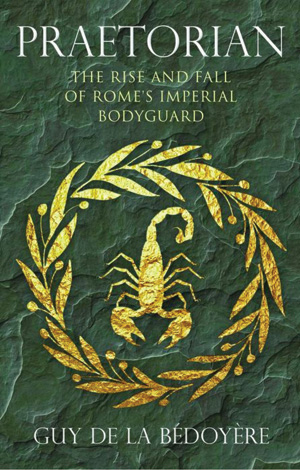 Praetorian: The Rise and Fall of Rome’s Imperial Bodyguard (Guy De La Bedoyere, Yale University Press, New Haven, CT, 2017, 336 pp., photographs, appendices, notes, bibliography, index, $35.00, hardcover)
Praetorian: The Rise and Fall of Rome’s Imperial Bodyguard (Guy De La Bedoyere, Yale University Press, New Haven, CT, 2017, 336 pp., photographs, appendices, notes, bibliography, index, $35.00, hardcover)
The Emperor Augustus founded the Praetorian Guard in 27 bc and tasked it not only with his own protection but that of his family. Known at the time as the Praetorian Cohorts, for centuries afterward they guarded the emperor and enforced his will. Over time, though, they expanded their role into the realm of politics as well. Eventually they became a political force that no emperor would dare ignore. On many occasions they ruthlessly deposed emperors who were dangerous, foolish, or uncooperative with Praetorian desires. Others they simply competed with, and some they rewarded with almost fanatical loyalty. At one point they even sold the empire to the highest bidder after murdering the sitting Emperor Pertinax in ad 193. In 312 the Emperor Constantine defeated his opposition, which included the Praetorians, at the Battle of the Milvian Bridge. He disbanded the Praetorian Cohorts afterward because he was unwilling to tolerate their expansive power and influence any longer.
The author is an authority on Roman history and archaeology, and his expertise is apparent in the thorough detail of his research in this volume. The text effectively combines both a broad overview of the Praetorians with details of the individuals both great and small who made up the organization. The detailed appendices provide extra information and depth.
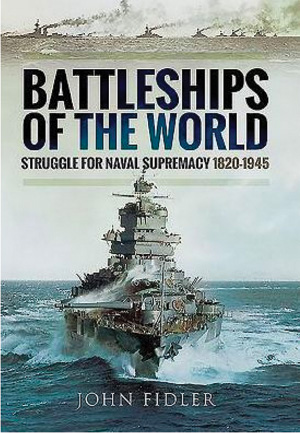 Battleships of the World: Struggle for Naval Suprem-acy 1820-1945 (John Fidler, Pen and Sword Books, South Yorkshire, UK, 2017, 145 pp., photographs, bibliography, index, $32.95, hardcover)
Battleships of the World: Struggle for Naval Suprem-acy 1820-1945 (John Fidler, Pen and Sword Books, South Yorkshire, UK, 2017, 145 pp., photographs, bibliography, index, $32.95, hardcover)
The battleship reigned supreme for over a century. These massive vessels evolved from wooden ships of the line boasting massive broadsides to steel-armored behemoths sporting turrets with giant cannons capable of hurling projectiles 20 miles or more. Early ships such as HMS Warrior introduced iron hulls to accompany the advances in steam propulsion that had been gradually overtaking sail for decades. Ironclads saw wide use in the American Civil War, providing more experience in the use of battleships. The late 1800s brought new iron ships with turrets and mixed armaments of large and small guns. After the turn of the century, the HMS Dreadnought introduced the big-gun battleship, which balanced firepower, armor protection, and speed. It was during the early 20th century that the battleship reached its zenith as nations competed to have the largest and most powerful designs afloat. Eventually, though, the battleship gave way to the airplane.
This new work charts the evolution of the battleship from the 1820s, when the Industrial Revolution made them possible, to the end of World War II, when aircraft and atomic weapons ended their supremacy. The book is well-illustrated with more than 100 black and white photos in the text and a color insert with period depictions of famous and notable ships. It offers a solid overview of one of history’s most significant weapons.
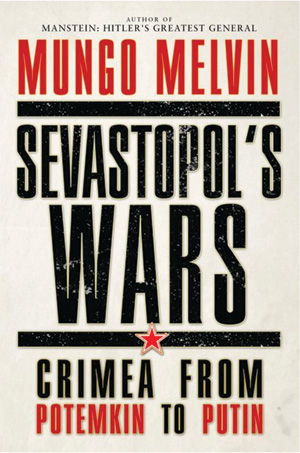 Sevastopol’s Wars: Crimea from Potemkin to Putin (Mungo Melvin, Osprey Publishing, Oxford, UK, 2017, 800 pp., maps, photographs, notes, bibliography, index, $38.00, hardcover)
Sevastopol’s Wars: Crimea from Potemkin to Putin (Mungo Melvin, Osprey Publishing, Oxford, UK, 2017, 800 pp., maps, photographs, notes, bibliography, index, $38.00, hardcover)
The city of Sevastopol, which was founded by Catherine the Great, is located on the Crimean Peninsula. The city has a long tradition as a naval and military fortress. The city and the region have played major roles in some of the world’s greatest conflicts. The Tatars occupied the Crimea during the Mongol invasion of the 13th century. The region gave its name to the Crimean War, where British, French, and Turkish troops fought a bloody siege with the Russians for control of Sevastopol.
Seven decades later Sevastopol was the site of more fighting, this time between Reds and Whites in the Russian Civil War. The Crimea was just close enough to the Caucasus oil fields coveted by the Germans to make it the scene of savage combat during World War II. In recent years, the Crimea has seen the return of Russian troops. When the Russian Federation took the Crimea by force from the Ukraine in 2014.
The story of Sevastopol is expertly told in this narrative, which blends first-person interviews, battle analysis, and archival material. The author deftly explains how the city has come to occupy a central place in Russian culture and imagination due to its history of struggle. This has caused Sevastopol to remain important to Russia down through the years to the 21st century.
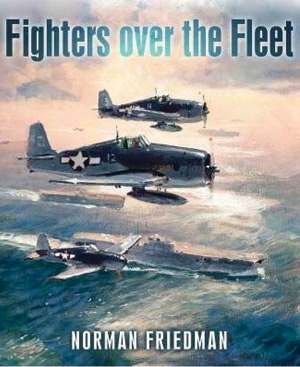 Fighters Over the Fleet: Naval Air Defense from Biplanes to the Cold War (Norman Friedman, Naval Institute Press, Annapolis, MD, 2016, 300 pp., photographs, notes, appendix, index, $72.00, hardcover)
Fighters Over the Fleet: Naval Air Defense from Biplanes to the Cold War (Norman Friedman, Naval Institute Press, Annapolis, MD, 2016, 300 pp., photographs, notes, appendix, index, $72.00, hardcover)
The Marianas Turkey Shoot, during the World War II Battle of the Philippine Sea, was a masterpiece of naval warfare. Coordinated strikes by carrier-based dive bombers and torpedo planes struck a heavy blow against the remaining Japanese surface fleet. Meanwhile, hundreds of U.S. fighter aircraft annihilated the enemy’s air fleet. The Americans downed 243 of 373 Japanese aircraft. In so doing, the Americans killed Japan’s remaining experienced pilots.
The battle did not have to turn out that way, though. The Japanese had spotted the Americans first, which gave them the advantage. Their successful reconnaissance brought them nothing, though, because the U.S. Navy defended itself with skill and agility. Using radar to detect the incoming strikes, the Americans launched synchronized fighter sorties to intercept all four Japanese attacks up to 60 miles from the carriers. It was a triumph. The Japanese never managed to inflict damage on the American carriers. The blow to the Japanese forced them to change tactics and introduce kamikaze attacks.
The rise of naval aircraft brought a new vulnerability to fleets, but it also brought a new defense. Planes could both attack ships and defend them. To do this effectively required a system of fighter direction. The purpose of this system was to get the defending interceptors moving in the right direction and altitude to meet the attacking aircraft before they could inflict damage.
This new work is both a technical and tactical history covering the dawn of naval aviation in the 1920s to the Falkland Islands War.
 Special Forces Berlin: Clandestine Cold War Operations of the US Army’s Elite, 1956-1990 (James Stejskal, Casemate Publishers, Philadelphia, PA, 2017, 333 pp., photographs, appendices, notes, bibliography, index, $32.95, hardcover)
Special Forces Berlin: Clandestine Cold War Operations of the US Army’s Elite, 1956-1990 (James Stejskal, Casemate Publishers, Philadelphia, PA, 2017, 333 pp., photographs, appendices, notes, bibliography, index, $32.95, hardcover)
In the mid-1950s Berlin was fast becoming a hotbed of the expanding Cold War. The oppressive nature of Soviet rule was fully understood by the East German people after the blockade of 1948 and a speedily crushed worker’s strike of 1953. Hundreds of thousands of East Germans were fleeing to West Germany through NATO-held West Berlin. It was a thorn in the Communist side, but Berlin was a city the Warsaw Pact completely surrounded, and its garrison had little hope of surviving a full onslaught.
Even with the odds against it, though, the U.S. Army prepared to make full use of its assets within the city. It placed six Special Forces A teams in the city. These units are specially designed to operate behind enemy lines, so in the event of war they would already be there. They were ready to sow chaos and destruction upon Soviet forces in Germany. Although the men would come and go over time, the Berlin Special Forces Detachment would maintain that readiness for the next 35 years.
This in-depth history of a little-known military organization is written by one of its veterans. It details the myriad ways in which these soldiers planned, trained, and prepared to fight the next global conflagration in East Germany. They also carried out clandestine missions, and as their reputation grew they were even drawn into operations involving Iran during the hostage crisis of the late 1970s. All of this is laid out in the sort of stark detail only a true participant can convey. Most books on American Special Forces in the Cold War focus on Vietnam, but this one shows them fighting a remarkably different kind of war.
 Texas Aggies in Vietnam: War Stories (Edited by Michael Lee Lanning, Texas A&M University Press, College Station, 2016, map, appendices, glossary, index, $30.00, hardcover)
Texas Aggies in Vietnam: War Stories (Edited by Michael Lee Lanning, Texas A&M University Press, College Station, 2016, map, appendices, glossary, index, $30.00, hardcover)
Ed McDaniel was a young Naval Intelligence officer in the Quang Ngai area of Vietnam in 1969. One day he was assigned to fly with a U.S. Army Cessna O-1 Bird Dog observation plane. During the afternoon flight he spotted a lone military-age Vietnamese walking along the beach in a free fire zone. They radioed the sighting in and soon were told to fire on the man as a suspected Viet Cong. The aircraft was unarmed, but McDaniel had brought an M-79 grenade launcher with him instead of his usual M-16. He fired a grenade but did not account for the plane’s motion, so the projectile landed far behind the target, exploding harmlessly.
They circled around for another try and noticed the young man was standing still, looking at them with his arms outstretched. As the plane circled the man pivoted to keep facing them. McDaniel took careful aim, but held his fire. “I don’t think the guy is a VC,” he told the pilot. “But if he is, he is damn smart and this country needs smart citizens.” The pilot agreed and they returned to base. It was a gesture of humanity in a long and bitter war.
Texas A&M University produced more officers for the Vietnam War than any college except the service academies, including the author. This volume collects the stories of more than three dozen such veterans pertaining to their Vietnam experience. More than just a collection of war stories, it is a tribute to those who served in the conflict and did not return. The author pays tribute to the fallen by including them in a list at the end of the book.
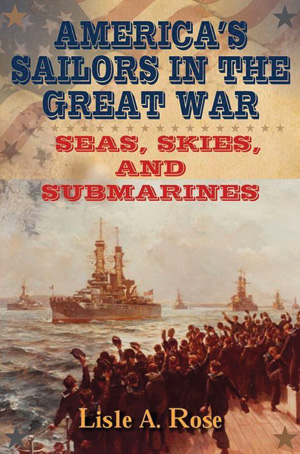 America’s Sailors in the Great War: Seas, Skies, and Submarines (Lisle A. Rose, University of Missouri Press, Columbus, 2017, 328 pp., maps, photographs, notes, bibliography, index, $36.95, hardcover)
America’s Sailors in the Great War: Seas, Skies, and Submarines (Lisle A. Rose, University of Missouri Press, Columbus, 2017, 328 pp., maps, photographs, notes, bibliography, index, $36.95, hardcover)
Few know of the U.S. Navy’s role in World War I; it took part in no enormous battles such as Jutland. There were no amphibious assaults upon enemy-held beaches or daring raids along the enemy coast. When the Navy entered the war it had nothing with which to combat that new scourge upon the seas, the German U-boat. It needed to adapt quickly and, to its credit, the U.S. Navy did just that.
The answers were a new type of warship called the subchaser and the convoy system. As a result, all but one of the 178 U-boats lost to enemy action during the war were sunk at the hands of the U.S. Navy. The fleet’s battleships reinforced the British Royal Navy, making it suicidal for the German High Seas Fleet to dare a sortie from its ports. Importantly, American sailors made it possible for American soldiers to cross the Atlantic Ocean and help defeat Germany.
This history of the U.S. Navy in World War I is part of the University of Missouri’s series “The American Military Experience,” which records the involvement of American fighting men and women across the span of their nation’s conflicts. It conveys the unforgiving conditions of the North Atlantic to the reader as the sailors knew them. The author describes how World War I prepared the Navy for what it would have to do a generation later in World War II.
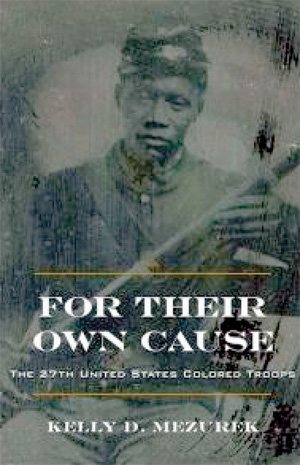 For Their Own Cause: The 27th United States Colored Troops (Kelly D. Mezurek, Kent State University Press, Kent, OH, 2017, 354 pp., maps, photographs, notes, bibliography, index, $37.95, hardcover)
For Their Own Cause: The 27th United States Colored Troops (Kelly D. Mezurek, Kent State University Press, Kent, OH, 2017, 354 pp., maps, photographs, notes, bibliography, index, $37.95, hardcover)
The 27th United States Colored Infantry Regiment, which was composed mainly of free black men from Ohio, served in Virginia and North Carolina from April 1864 to September 1865. The regiment took part in the Battle of the Crater at Petersburg, Virginia, on July 30, 1864. When they were not fighting Confederates they struggled against prejudice from their supposed comrades in arms and a sometimes indifferent government. Their battle did not end with the conclusion of the war. When they returned home, the soldiers sought to receive the acceptance and social benefits their sacrifice and service had earned them.
Rather than a simple regimental history of a unit at war, the author expands the narrative to show what members of the 27th experienced after the war and how their service influenced their community and the racial narrative in Ohio. The author uses clear prose and diverse sources to show the war from the soldiers’ perspectives.
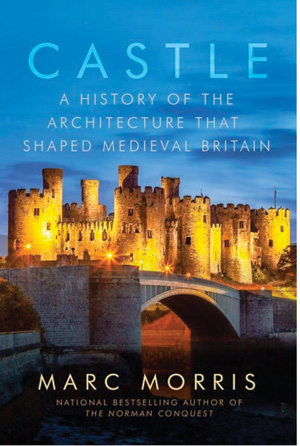 Castles: Their History and Evolution in Medieval Britain (Marc Morris, Pegasus Books, New York, 2017, 272 pp., photographs, bibliography, index, $27.95, hardcover)
Castles: Their History and Evolution in Medieval Britain (Marc Morris, Pegasus Books, New York, 2017, 272 pp., photographs, bibliography, index, $27.95, hardcover)
The castle is a symbol of the age of chivalry, medieval warfare, and armored knights. Medieval castles were centers of power that were designed to defend an area against attackers who could not afford to leave its occupants unbeaten within its walls. Castles were also the site of epic sieges as conflicting forces vied for power and control. A castle also was a place where families were raised and lived their lives.
This new work takes the reader on a tour of Great Britain’s most famous castles, delving into their design, construction, and history both in peace and war. The author also visits some of the lesser known yet important castles which dot England’s landscape to this day. Likewise, famous men such as William the Conqueror and Edward I figure alongside those lesser known today such as Roger of Montgomery and Edward Dallingridge. Castles were built for the specific purpose and need of their owner, and this book examines it all in detail, providing an in-depth look at the famous structures, showing their purpose and influence upon the course of history.
Short Bursts
 Soldiers and Civilization: How the Profession of Arms Thought and Fought the Modern World into Existence (Reed Robert Bonadonna, Naval Institute Press, 2017, $35.00, hardcover) The author holds that soldiers have made unrecognized contributions to society and modern civilization. He makes his case using the humanities and sociology.
Soldiers and Civilization: How the Profession of Arms Thought and Fought the Modern World into Existence (Reed Robert Bonadonna, Naval Institute Press, 2017, $35.00, hardcover) The author holds that soldiers have made unrecognized contributions to society and modern civilization. He makes his case using the humanities and sociology.
Civil Wars: A History in Ideas (David Armitage, Knopf Publishing, 2017, $27.95, hardcover) This analysis of civil conflict examines its sources and effects upon their respective nations and the wider world.
Forged Through Fire: War, Peace and the Democratic Bargain (John Ferejohn and Frances McCall Rosenbluth, Liveright Publishing, 2017, $29.95, hardcover) The authors argue that democracy has risen only through bloodshed and difficult wars. They hold democracy is imperiled by a lack of a threat.
My Lai: Vietnam, 1968, and the Descent into Darkness (Howard Jones, Oxford University Press, 2017, $34.95, hardcover) This examination of the infamous Vietnam War massacre covers the event and its effect on the nation.
 The General vs. the President: MacArthur and Truman at the Brink of Nuclear War (H.W. Brands, Doubleday Books, 2016$30.00, hardcover) The work covers in detail the contest of wills between President Harry Truman and General Douglas MacArthur. Reining in the insubordinate general was a test of Truman’s leadership.
The General vs. the President: MacArthur and Truman at the Brink of Nuclear War (H.W. Brands, Doubleday Books, 2016$30.00, hardcover) The work covers in detail the contest of wills between President Harry Truman and General Douglas MacArthur. Reining in the insubordinate general was a test of Truman’s leadership.
The Suomi Submachine Gun (Leroy Thompson, Osprey Publishing, 2017, $20.00, softcover) This Finnish weapon was prized for its reliability and firepower. The gun was used from World War II until the 1980s.
Engineering Victory: How Technology Won the Civil War (Thomas F. Army Jr., Johns Hopkins University Press, 2016, $49.95, hardcover) A critical part of the Union’s ability to achieve victory was its technical superiority, which it used to outmaneuver the Confederacy.
The Victory at Sea (Rear Admiral William Sims, USN, Naval Institute Press, 2017, $24.95, softcover) The man who was the architect of U.S. naval efforts in World War I describes the effort in his own words.
Heligoland: Britain, Germany and the Struggle for the North Sea (Jan Ruger, Oxford University Press, 2017, $34.95, hardcover) This island was at the center of Anglo-German naval competition for decades. The work covers the struggle in great detail.
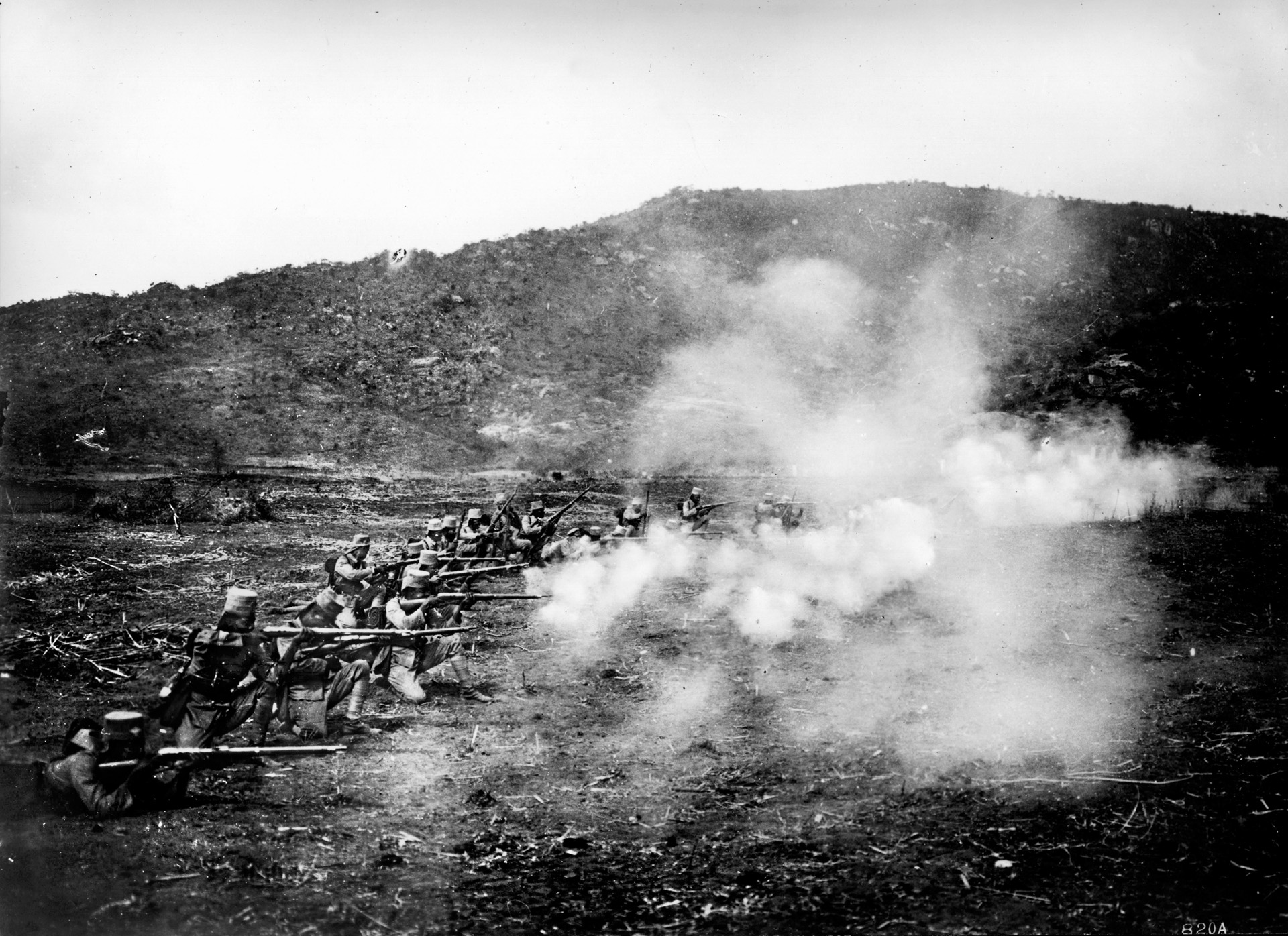
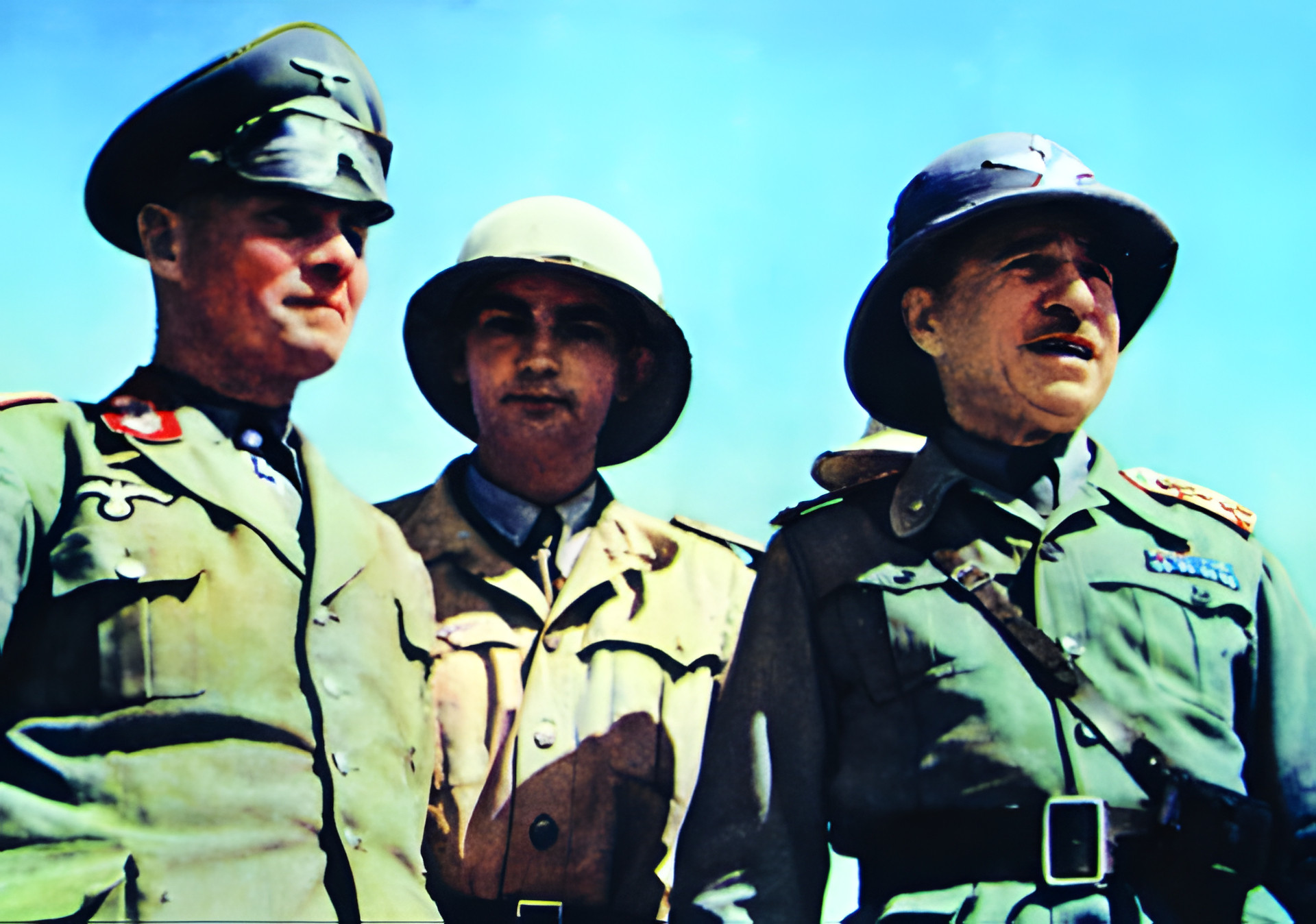
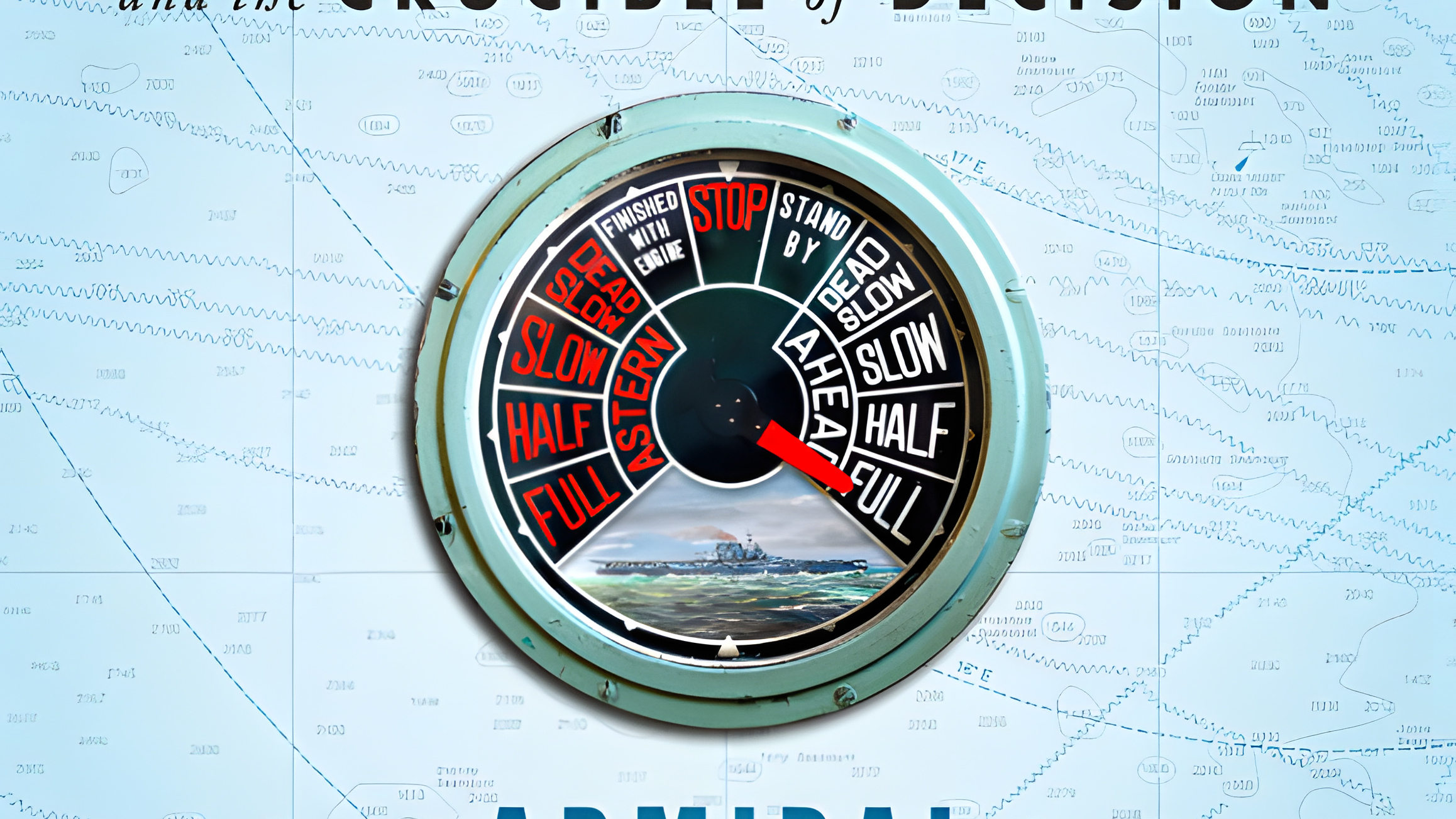
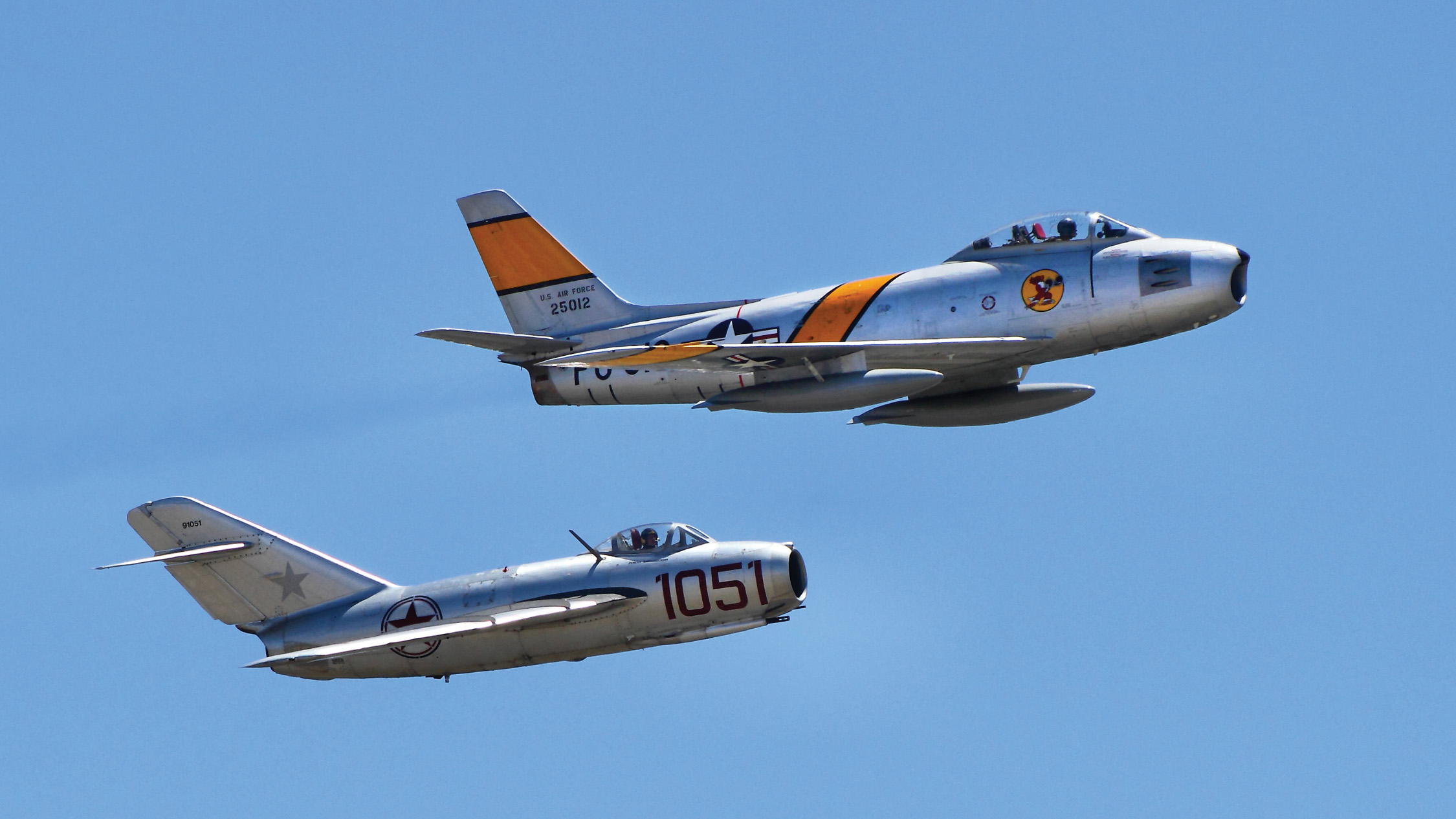
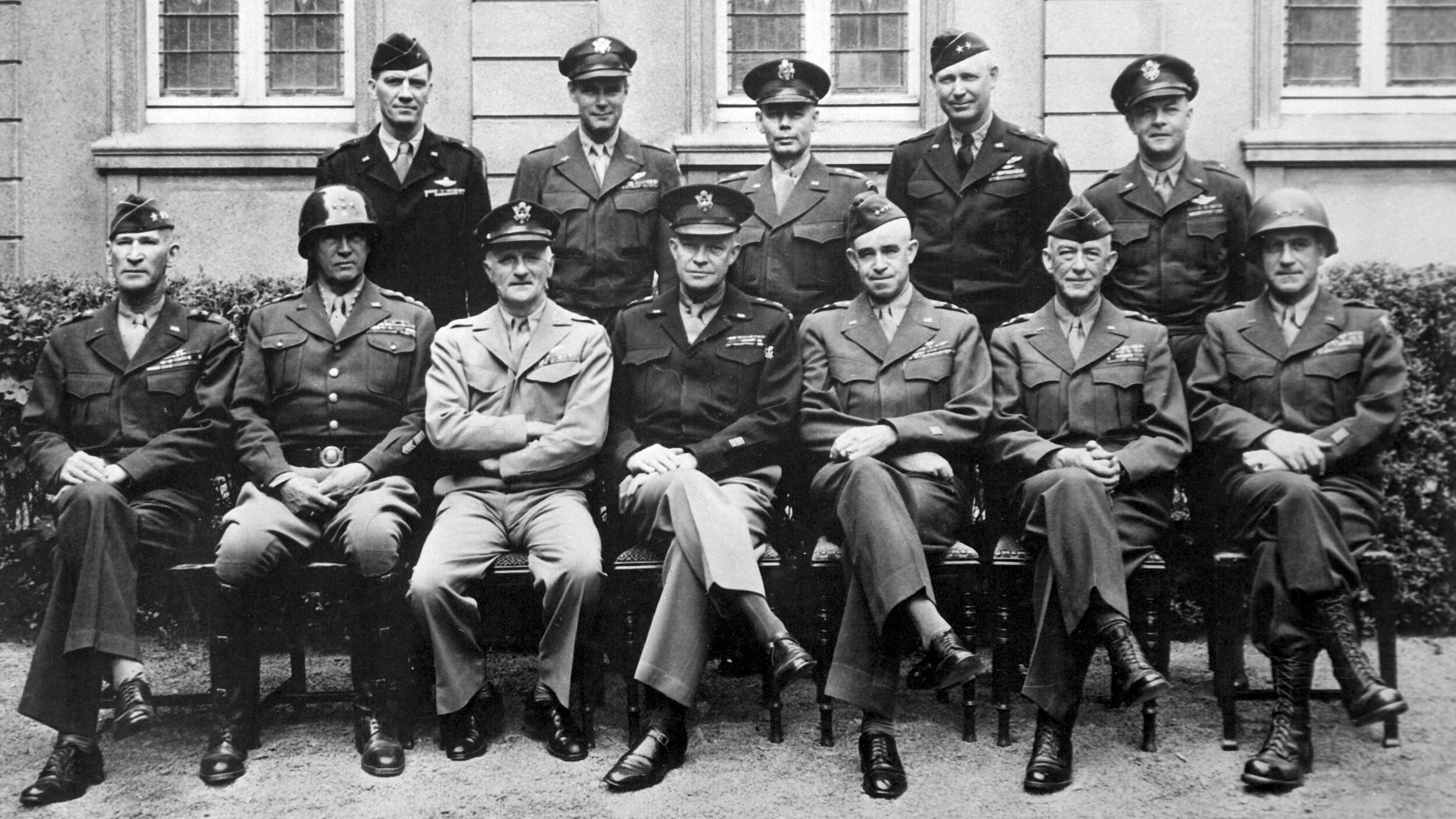
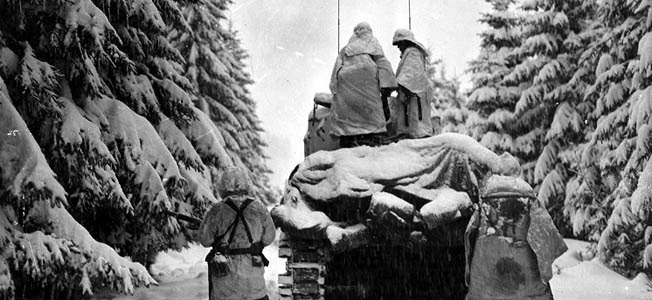
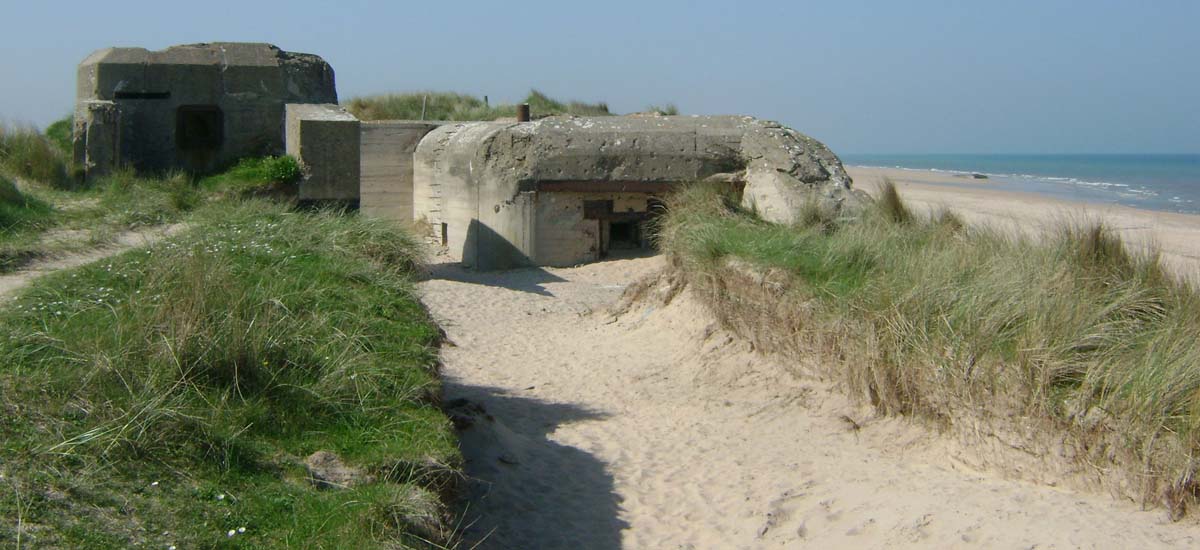
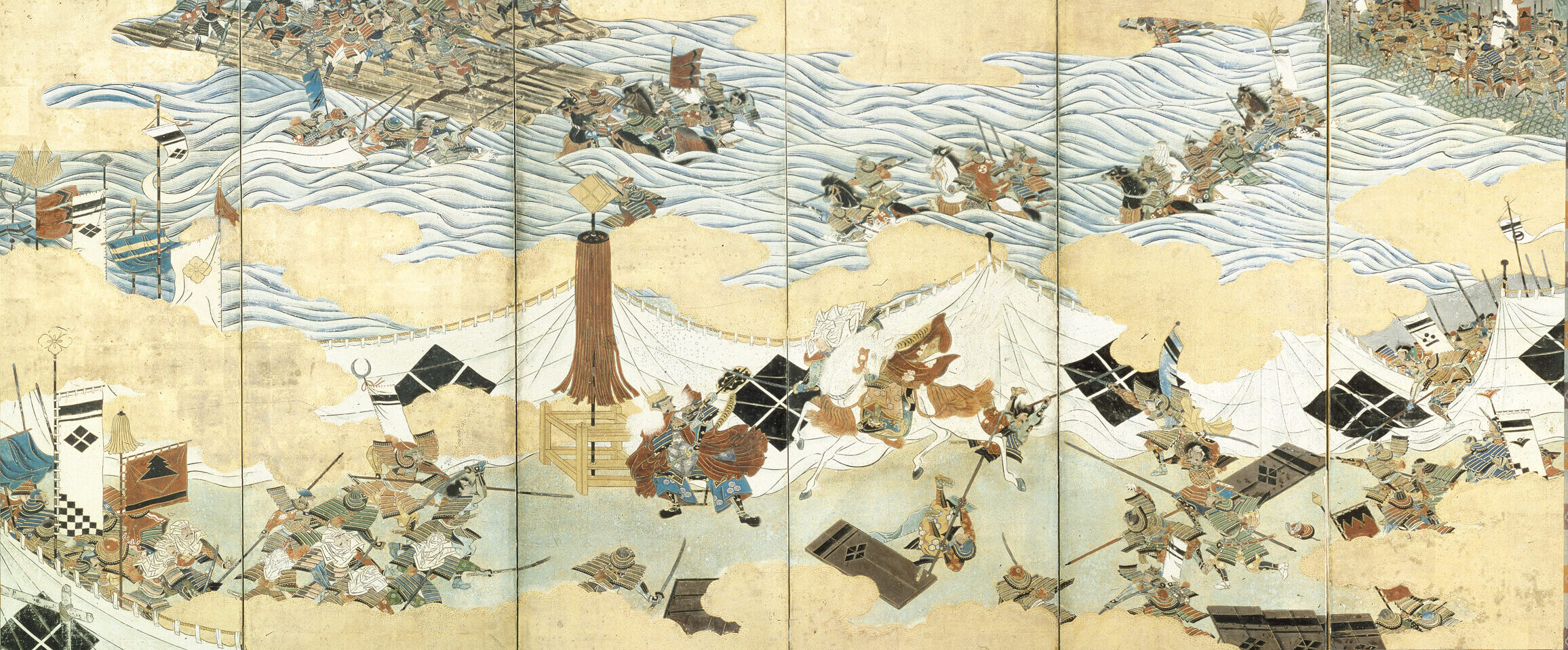
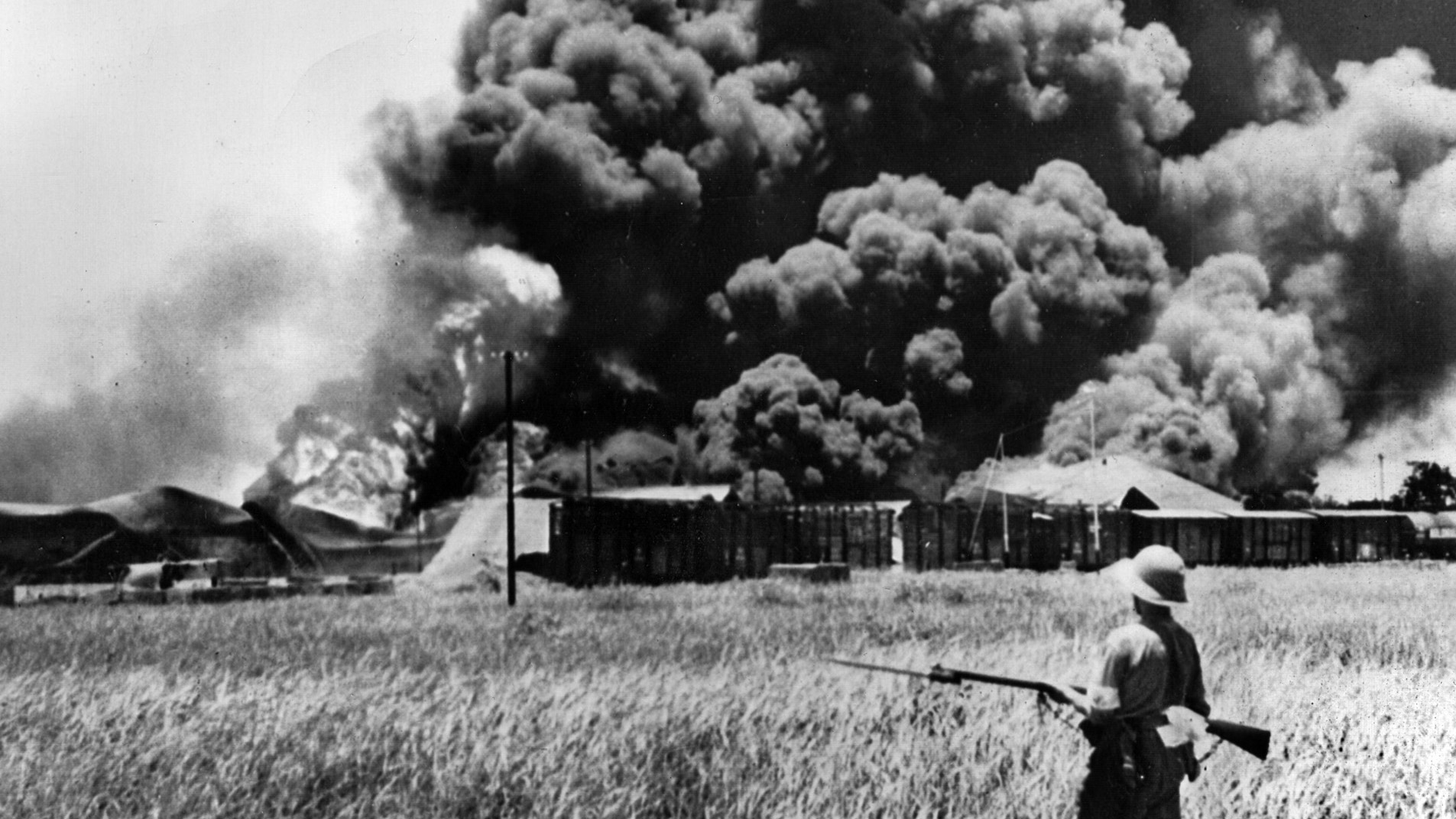
Join The Conversation
Comments
View All Comments